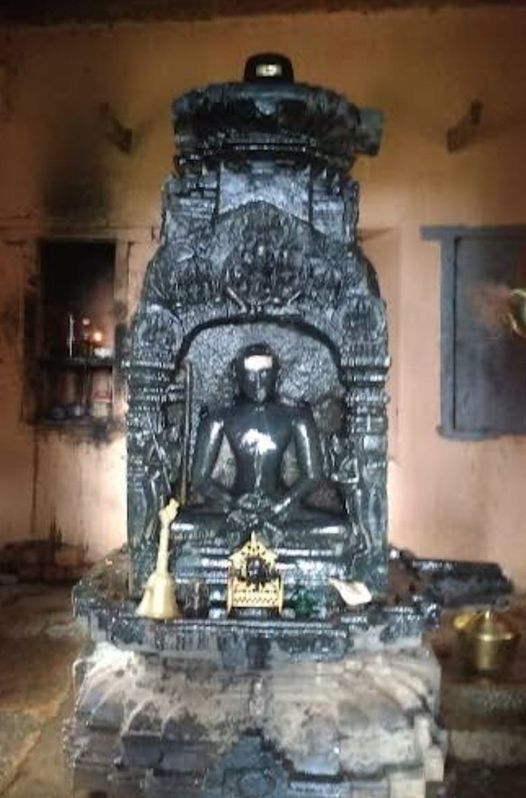The Historical survey records published by the Mysore Government provide fascinating insights into the migration and settlement of Tamil Brahmins from Tanjore and Kanchipuram regions, near the Sankarite institutions on the Tunga and Tungabhadra rivers (Tunga Sringeri and Tungabhadra -Koodali Sringeri mathas).
In the Quarterly journal of the Mythic Society, while reviewing the 1931 Annual Report of the Archaeological Survey of Mysore, there is an interesting observation that Sri Vidyatirtha also hailed from the Tamil Brahmin community of Choladesa (Tanjore) in his earlier life.
“… Hale Sringeri Village is about two furlongs to the west of Sringeri with about one Brahman and twenty other houses. A small mud shrine contains the old Vidyasankara Linga, about six feet high. The Vidyasankara image is 1½ ft. high in Yoga-mudra with a sannyasi disciple on either side. Compared with this, it will be clear that the image to which I have referred in my article on “An Ancient Image at Hampi ” may not be that of Vidyasankara.
In his notes on Vidyaranyapura, Dr. Krishna says that “Vidyaranya also must have been a Karnataka (Kannadiga). But Vidyasankara is said to have been a ‘choli’ (belonging to the Chola-desa of Tamilnadu) since some ‘cholis’ (Tamil Brahmins from Chola desa) have set up his image in the Agrahara.”
This statement is evidently traditional, picked up during the course of enquiries but it deserves further investigation…”
The authenticity of this statement is supported by the ancient Guruparampara records of Sri Kanchi Kamakoti Peetha. These records state that Sri Vidyatirtha, the 51st Acharya of Sri Kanchi Matha, originated from Bilvaranya kshetra of the Chola desa. His successor, Sri Sankarananda, the 52nd Acharya hailed from Madhyarjuna kshetra (Tiruvidaimaruthur) in the Chola country.
(Reviews : Archaeological Survey of Mysore – Annual Report for 1931 – The Quarterly Journal of the Mythic Society.)

